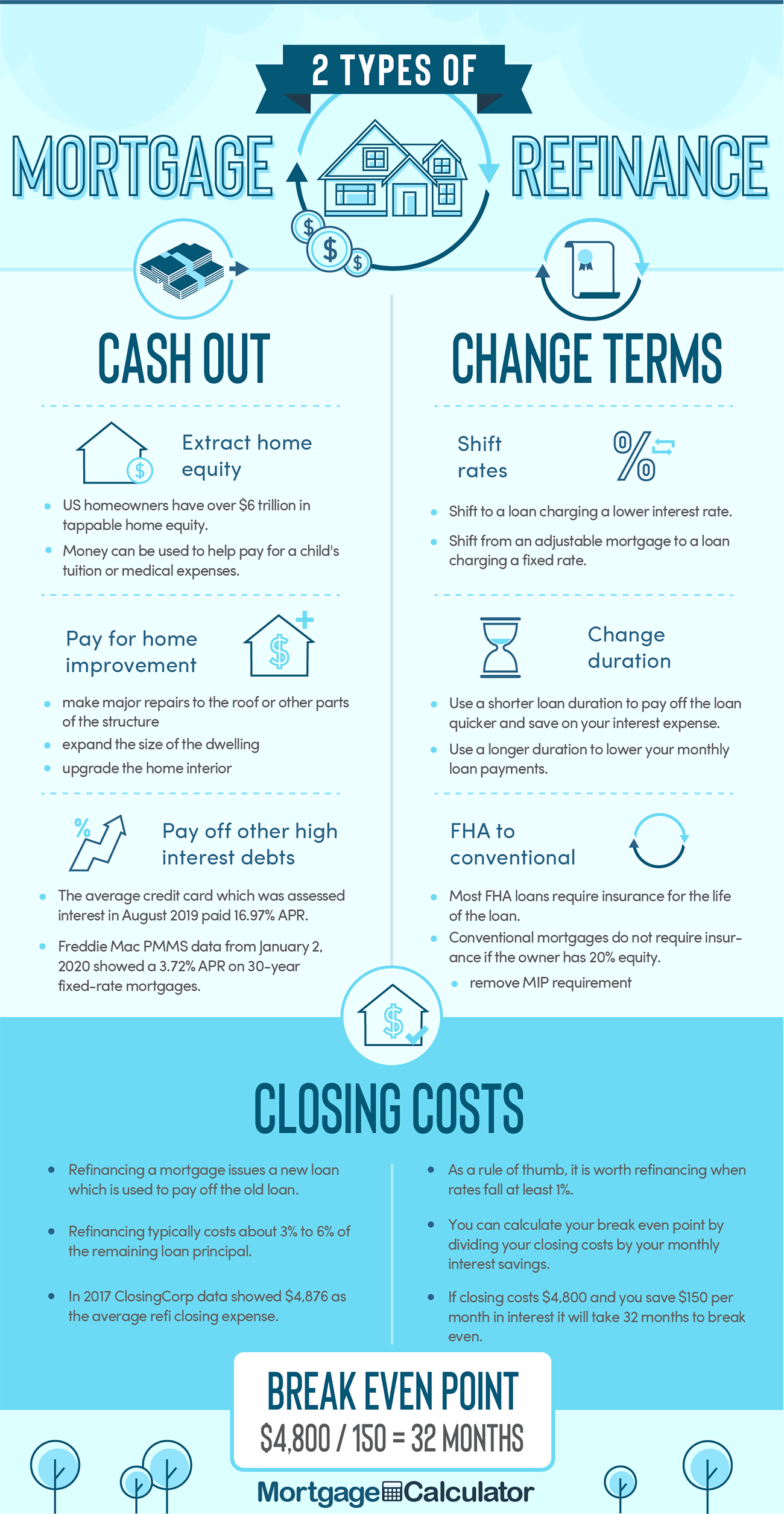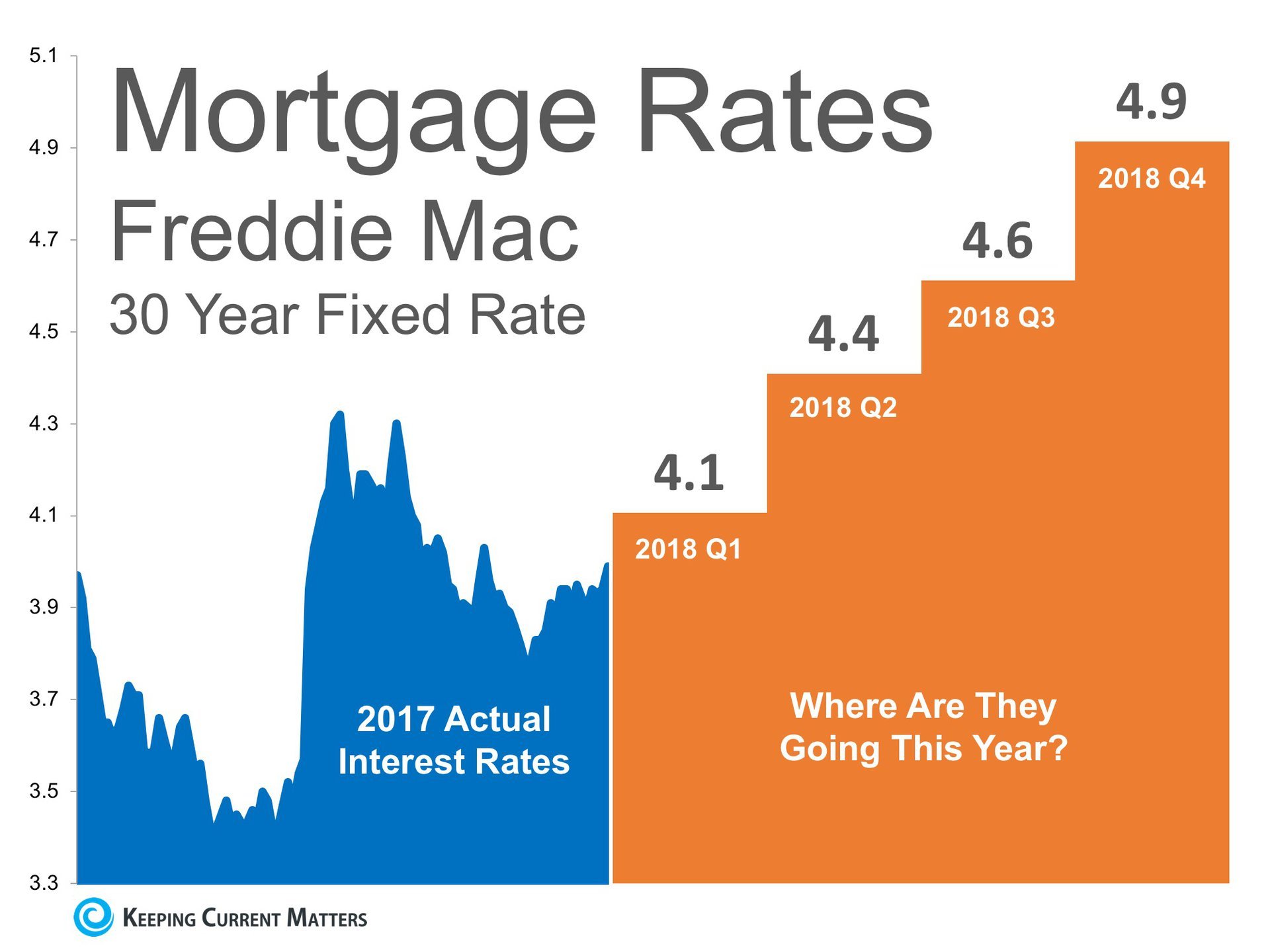When you purchase a home, you might hear a bit of market lingo you're not knowledgeable about. We've developed an easy-to-understand directory site of the most common home loan terms. Part of each regular monthly mortgage payment will approach paying interest to your loan provider, while another part approaches paying down your loan balance (also referred to as your loan's principal).
Throughout the earlier years, a greater part of your payment approaches interest. As time goes on, more of your payment approaches paying for the balance of your loan. The deposit is the money you pay in advance to acquire a house. Most of the times, you have to put money down to get a mortgage.
For instance, standard loans require as little as 3% down, however you'll have to pay a month-to-month charge (referred to as private home loan insurance coverage) to make up for the small deposit. On the other hand, if you put 20% down, you 'd likely get a much better rates of interest, and you would not need to pay for personal mortgage insurance.
Part of owning a home is paying for residential or commercial property taxes and homeowners insurance coverage. To make it simple for you, lenders set up an escrow account to pay these costs. how do variable mortgages work in canada. Your escrow account is managed by your lender and operates sort of like a bank account. No one makes interest on the funds held there, but the account is used to gather money so your lender can send out payments for your taxes and insurance coverage on your behalf.
Not all mortgages include an escrow account. If your loan does not have one, you have to pay your property taxes and homeowners insurance coverage expenses yourself. Nevertheless, the majority of lenders provide this alternative due to the fact that it enables them to ensure the real estate tax and insurance costs earn money. If your down payment is less than 20%, an escrow account is needed.
The Of How Do Mortgages Work In Spain
Keep in mind that the quantity of money you need in your escrow account is dependent on how much your insurance and residential or commercial property taxes are each year. And because these expenditures may alter year to year, your escrow payment will alter, too. That implies your month-to-month mortgage payment may increase or reduce.

There are two kinds of home loan rates of interest: repaired rates and adjustable rates. Fixed rates of interest stay the same for the whole length of your home mortgage. If you have a 30-year fixed-rate loan with a 4% interest rate, you'll pay 4% interest up until you pay off or re-finance your loan.
Adjustable rates are rate of interest that alter based upon the marketplace. A lot of adjustable rate home mortgages begin with a set rate of interest duration, which normally lasts 5, 7 or 10 years. Throughout this time, your rates of interest remains the exact same. After your fixed rates of interest duration ends, your rate of interest adjusts up or down when annually, according to the market.
ARMs are ideal for some debtors. If you plan to move or re-finance before the end of your fixed-rate period, an adjustable rate mortgage can provide you access to lower interest rates than you 'd generally find with a fixed-rate loan. The loan servicer is the company that supervises of offering regular monthly home loan declarations, processing payments, managing your escrow account and reacting to your queries.
Lenders may sell the maintenance rights of your loan and you may not get to select who services your loan. There are numerous kinds of home loan loans. Each includes different requirements, rate of interest and advantages. Here are some of the most typical types you may hear about when you're requesting a home loan - how do reverse mortgages work example.
All about How Do Fixed Rate Mortgages Work
You can get an FHA loan with a down payment as low as 3.5% and a credit report of just 580. These loans are backed by the Federal Real Estate Administration; this means the FHA will repay loan providers if you default on your loan. This lowers the threat lending institutions are handling by providing you the cash; this means lenders can offer these loans to debtors with lower credit rating and smaller sized deposits.
Conventional loans are typically also "conforming loans," which means they fulfill a set of requirements defined by Fannie Mae and Freddie Mac two government-sponsored business that purchase loans from lending institutions so they can offer mortgages to more individuals - how do reverse mortgages work in california. Conventional loans siriusxm finance are a popular choice for buyers. You can get a standard loan with as little as 3% down.

This contributes to your monthly expenses but permits you to enter into a brand-new home quicker. USDA loans are only for houses in eligible backwoods (although lots of houses in the suburban areas qualify as "rural" according to the USDA's meaning.). To get a USDA loan, your home income can't go beyond 115% of the location typical earnings.
For some, the guarantee charges required by the USDA program expense less than the FHA home loan insurance premium. VA loans are for active-duty military members and veterans. Backed by the Department of Veterans Affairs, VA loans are an advantage of service for those who have actually served our country. VA loans are a great alternative because they let you buy a home with 0% down and no personal home loan insurance.
Each regular monthly payment has four significant parts: principal, interest, taxes and insurance. Your loan principal is the quantity of money you have delegated pay on the loan. For example, if you borrow $200,000 to purchase a home and you settle $10,000, your principal is $190,000. Part of your monthly home mortgage payment will automatically approach paying for your principal.
Some Known Incorrect Statements About How Do Equity Release Mortgages Work
The interest you pay each month is based on your rates of interest and loan principal. The cash you spend for interest goes directly to your home loan company. As your loan matures, you pay less in interest as your principal reductions. If your loan has an escrow account, your month-to-month home loan payment might also consist of payments for residential or commercial property taxes and property owners insurance.
Then, when your taxes or insurance coverage premiums are due, your lending institution will pay those costs for you. Your home loan term describes how long you'll make payments on your home loan. The 2 most typical terms are thirty years and 15 years. A longer term normally indicates lower regular monthly payments. A much shorter term generally suggests bigger monthly payments however big interest cost savings.
In a lot of cases, Get more info you'll need to pay PMI if your down payment is less than 20%. The expense of PMI can be added to your regular monthly home loan payment, covered through a one-time upfront payment at closing or a mix of both. There's also a lender-paid PMI, in which you pay a somewhat greater rate of interest on the mortgage instead of paying the month-to-month cost.
It is the written promise or arrangement to repay the loan using the agreed-upon terms. These terms consist of: Rates of interest type (adjustable or repaired) Rates of interest portion Quantity of time to pay back the loan (loan term) Quantity borrowed to be paid back in complete Once the loan is paid in full, the promissory note is given back to the customer.